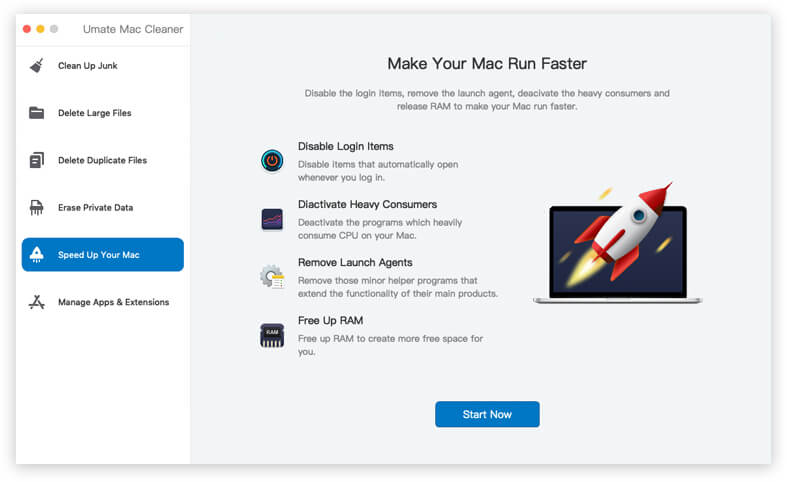

- My mac runs slow after updating to sierra mac os#
- My mac runs slow after updating to sierra upgrade#
- My mac runs slow after updating to sierra password#
Click on the Renew “ DCPH Lease” button and tap Apply when done.Ħ. Now click on the Advanced option and select the TCP/IP tab.
My mac runs slow after updating to sierra password#
You can now join the Network under the network name and type in the password of the network as usual. Add a suitable Wi-Fi network name and click on Done.ĥ. On the new window, click on the plus (+) sign to create a new location. At the top of the page, under the “ Location” drop-down menu, select “ Edit Location”.Ĥ. On the left side pane, select the network you wish to connect to. Among the System preference icons, locate and select the “ Network” Icon.ģ.

Click on “ System preferences” from the Mac Menu.Ģ. This involves heading to the preference settings of the system.ġ. If all efforts to curb this nightmare prove abortive, there is still another trick in the book to be played to fix slow Mac Wi-Fi. You should now be able to enjoy a seamless Wi-Fi connection. plist file has been created and the network has been successfully restored to default factory settings. If you check the previous folder again, you will see that a new preference. Now turn on your Wi-Fi back and try to reconnect it.ĥ. After renaming the file, close the folder and reboot your Mac. Now locate these five files below in the folder to be deleted:Ĥ. This is to back it up in case anything goes wrong.Ħ. Now copy everything in that folder to the backup folder you initially created on your desktop. On the pop-up window, carefully enter this folder path /Library/Preferences/SystemConfiguration/and then hit Enter on your keyboard or click “ Go”.ĥ. Click on the “ Finder” icon and select “ Go to Folder” or simply press the shortcut keys Command+Shift+G on your keyboard.Ĥ. Now, on your MacBook desktop, create a new folder to save the backup and name it “ Preferences Backup” or any other desired name of your choice.ģ. First of all, disconnect all applications that could be making use of the Wi-Fi network. This method requires maximum attention to executing successfully, so please follow the steps carefully.ġ.
My mac runs slow after updating to sierra mac os#
Remove Existing Wi-Fi Preferences in Mac OS SierraĪnother way to fix slow Mac Wi-Fi is to delete or remove the previously existing Wi-Fi preferences in the Mac OS Sierra. If the problem persists, you can then opt to reset your Router by locating a red “reset” button usually located at the rear end of the router and pushing the button. Hence, it is advisable to first reboot your router by simply unplugging the adapter for a few minutes and plug it back. The fault might also be from the Wireless router supplying Internet access.
My mac runs slow after updating to sierra upgrade#
This is because though the slow Wi-Fi on Mac has been pinned to occur after an upgrade to Sierra OS, it does not necessarily mean that it would be the sole cause of a slow Wi-Fi. If the problem remains unsolved, you should consider either rebooting or resetting your W-Fi router. To do this, click on Wi-Fi menu bar > select Turn Wi-Fi Off > Turn off Bluetooth adapters on your MacBook > Restart your MacBook and try to reconnect. This can be easily done by disconnecting it from the wireless network.

One of the first solutions to slow Mac Wi-Fi is to first restart your Mac’s Wi-Fi connection. Solution 1: Reset Wi-Fi Router and Restart Mac Wi-Fi Connection Remove Existing Wi-Fi Preferences in Mac OS Sierra Solution 1: Reset Wi-Fi Router and Restart Mac Wi-Fi Connection.


 0 kommentar(er)
0 kommentar(er)
